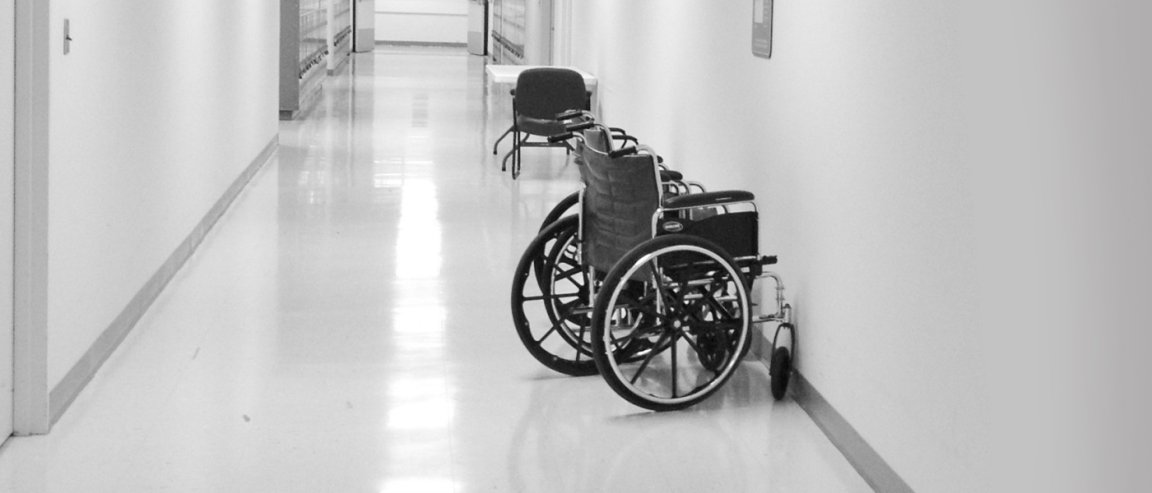
“What if we could make the wheelchair move on [its] own?” asked Mark Lim, Singapore’s Director of Government Digital Services at Innovation Labs World.
Lim’s team is exploring a partnership with healthcare agencies to create a self-driven wheelchair that could transport patients around hospitals without instruction. The research is brought on by the limited number of healthcare workers in Singapore. “Nurses are more precious in doing their work — in taking care of the patients — than pushing them around in the wheelchair,” Lim said.
The project to create an autonomous wheelchair will combine computer vision, robotics, machine learning, and cloud computing technologies, and it is set to be completed in March 2017. Lim also announced that they are working on a “smart walking stick,” which he said will use GPS tracking technology to detect falls and trigger alerts when necessary.
Some low-income countries such as Nepal, Bangladesh, and Papua New Guinea have fewer than 1 nurse per 1,000 citizens, so proper healthcare is difficult to access. There are also reports of large aging populations in East Asia, indicating that the increasing proportion of elderly that requires extra medical care may not be properly met by the dwindling number of younger people to take on healthcare roles.
Solutions to healthcare problems like the above can and should be answered by continuously developing technology, and Lim’s self-driving wheelchair is just one example of how technological innovations in the medical field are improving lives across the world.